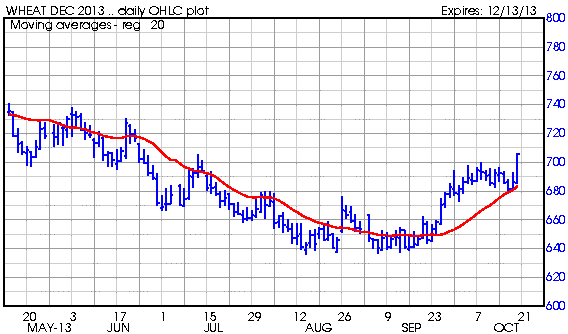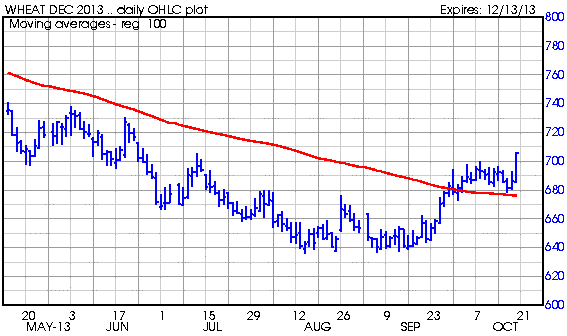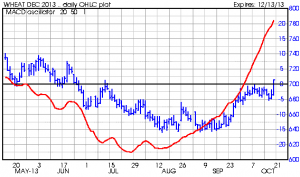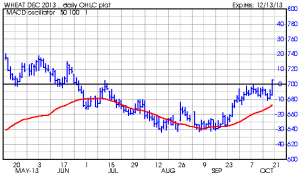Mexico’s failed “No-Drive day” policy.
Following years of strong presence of smog and strong vehicle congestion, in 1989 Mexico City introduced its “Hoy no circula” program ( Spanish for “No-Drive Day”). The program was designed to reduce emissions by vehicles by reducing the number of daily vehicles circulating by 20%. Despite the program being a huge failure it still stands today. In this blog we will analyze the causes of the failure.
The “Ho no circula” program was designed with an environmental concern and thinking it would also alleviate congestion issues. The program was designed in a way that depending on the ending number of a vehicles license plate it would be assigned one of five colored stickers and each sticker color will be banned from circulating one day a week from Monday to Friday. The program applied to all vehicles disregarding if they are private or commercial. Only certain governmental and emergency vehicles were exempt.
The immediate result of the program was an effective reduction of 20% of the vehicles circulating. However, the effect would not last long. Households who could afford it bought a second or third car and so did businesses. Driving increased during weekends to account for what was not done during the week and the use of old cars increased, which actually increased emissions. In and effort to correct course and disincentivice the use of old cars in favor of new low emission ones, the government introduced exceptions the “No-Drive day policy”. The main restriction allowed new cars to circulate every day as long as they passed a set of low emission tests ran by specific contractors.
This set of “corrective” measurements ended up correcting nothing. They made the No-drive policy even more unfair by benefiting the rich who could afford new cars. They increased the number of average cars per household and incentiviced higher income households to pass down their old cars to lower income households. A few years after the implementation of the program the effective reduction of cars circulating had fallen from 20% to 7%.
By the mid 1990’s the program was considered by many to be a strong failure. Its proponents thought of it as a small price to pay for clean air, but its detractors argued it was 1) an inefficient program because it was rationing capacity and constraining overall welfare and 2) an unfair program because it was easily avoided or accommodated by those who could by two cars or simply drive more and a burden on the poorest car owners who has to spend extra money on alternatives to commute to their daily destination. But perhaps the most important argument was that it will not only be an inefficient and unfair program, but it will actually be counterproductive as those who purchased an extra car will end up increasing their overall driving and as a result the total emission and congestion levels.[1]
In their paper ”Rationing Backfire: The Day Without a Car in Mexico City”, Gunnar S. Eskeland and Tarhan Feyzioglu explore this idea of counter productiveness and find robust results to support it. They particularly note three features[2]:
(a) “due to the integer nature of cars and the fact that cars effectively come bundled with “work-day
driving permits”, some households will want more cars once their existing cars are made less useful
by the regulation”
(b) ”multiple drivers in a family could mean that total car use increases even though an additional car is purchased primarily to substitute for the family’s existing car on its banned day;”
(c) “effects of congestion, substitution between trips, and differences in fuel efficiency all could blur
the basic expected reduction in gasoline consumption per car. Among these possibilities, we are able
to investigate empirically only (a) and (b). For (c) we can only add some tentative calculations of
plausible numbers.”
The paper addresses the issue analyzing the effect of car rationing by “comparing demand reductions with those one would obtain by market based implementation mechanisms” and presents an empirical framework that estimates the reduction in demand generated by the regulation. The results are shocking
“The time series analysis indicated strongly that total car use in Mexico City was shifted upwards by the regulation, indicating that positive net car purchases should play a major role (since one would expect the many households that would not increase car ownership to reduce, or keep unchanged, their car use).”
Despite the failure of this policy the no-drive day still stands today. Today vehicles that are less than 8 years old are allowed to circulate everyday provided they pass the set of tests. The vast majority of high income households get rid of vehicles before they are banned form circulating and high levels of corruption have been detected in the verifying centers. There is a general belief that getting rid of the policy at this point will only release a higher number of vehicles into the streets, further complicating transit and increasing emissions.
Defendants of the policy still believe it highly contributed to reduce pollution in the city by incentivicing the usage of new vehicles with low emission levels, however the vast majority of people agree this would have happened anyway due to technology improvements by vehicles makers around the world. Detractor of the argument allege the introduction of the catalytic convertor in automobiles during the 1990`s was the actual cause why the level of emissions where substantially reduced during this decade.
The “No-Drive” day policy in Mexico City is a perfect example of how careless policy design might not only result in “disappointing results by creating high welfare costs and delivering none of the intended benefits”, but in a counterproductive strategy that leads into an even worst scenario. As exposed by Eskeland and Feyzioglu, rationing usually leads to humans finding a way to bypass the constraint. Careful though should be given to this in future policy development.
References
[1][2][3] Eskeland, Gunnar. Feyzioglu, Tarhan. “Rationing can backfire: The Day Without a Car in Mexico City” Policy Research Department. The World Bank. 1995
http://elibrary.worldbank.org/doi/pdf/10.1596/1813-9450-1554
Mahendra, Anjali. Congestion Princing in cities of the developing world: Exploring prospects in Mexico City. Department of Urban Studies and Planning. Massachusetts Institute of Technology. 2004
Velioz, Jimena. Article. Does the World´s Most Congested City Want More Cars? This Big City. 2011
http://thisbigcity.net/does-worlds-most-congested-city-want-more-cars/














